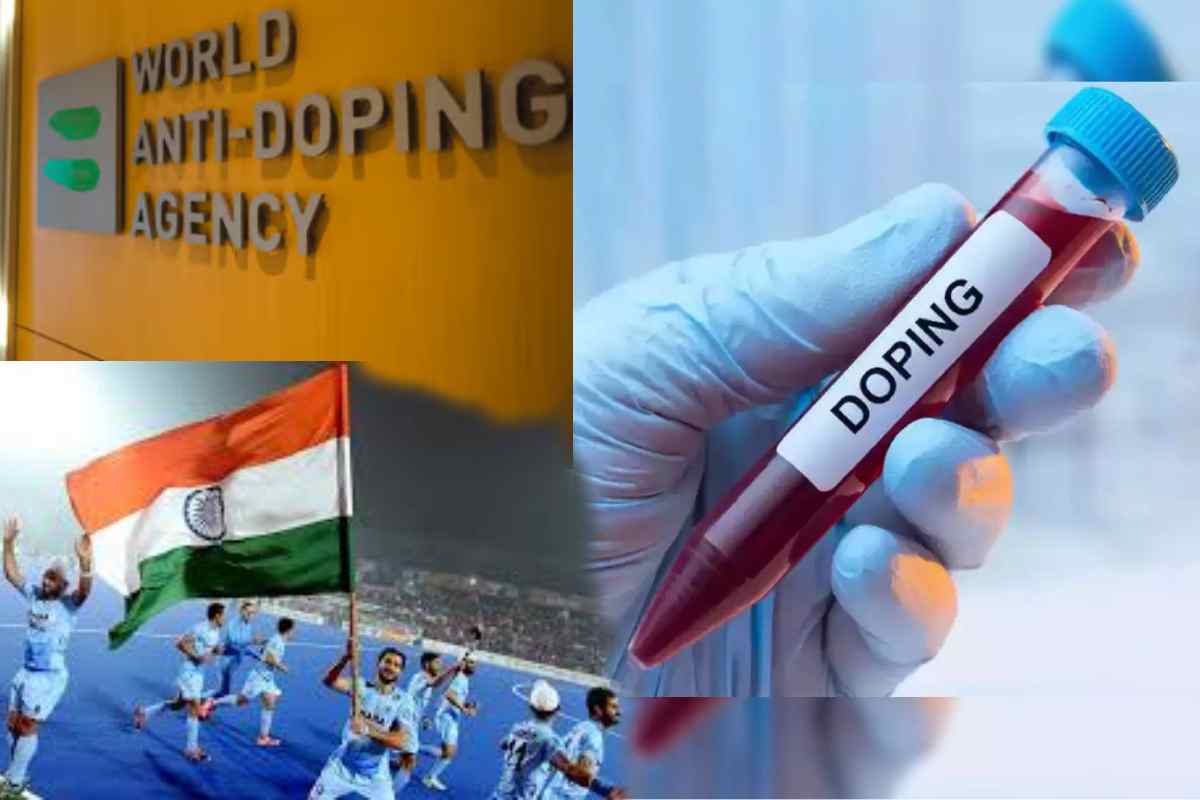

In a recent development, reports from the World Anti-Doping Agency (WADA) have raised serious concerns about the prevalence of doping in India. The reports suggest that the country is grappling with a significant doping problem that is rapidly spiralling out of control.
According to WADA’s findings, the use of performance-enhancing substances among athletes in India has seen a sharp increase. This trend is not only alarming but also threatens the integrity of sports in the country.
The implications of this crisis extend beyond the athletes involved. The reputation of Indian sports on the global stage is at stake. The increasing number of doping violations could potentially lead to severe sanctions, including exclusion from international competitions.
The reports underscore the urgent need for stringent anti-doping measures in India. There is a call for robust testing protocols, comprehensive athlete education programs, and strict enforcement of anti-doping regulations.